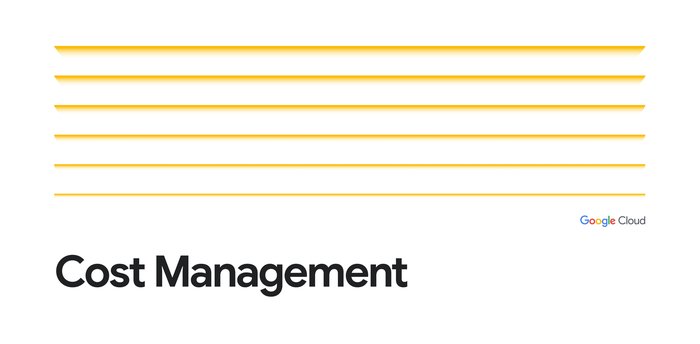Cloud FinOps news from Next ‘24
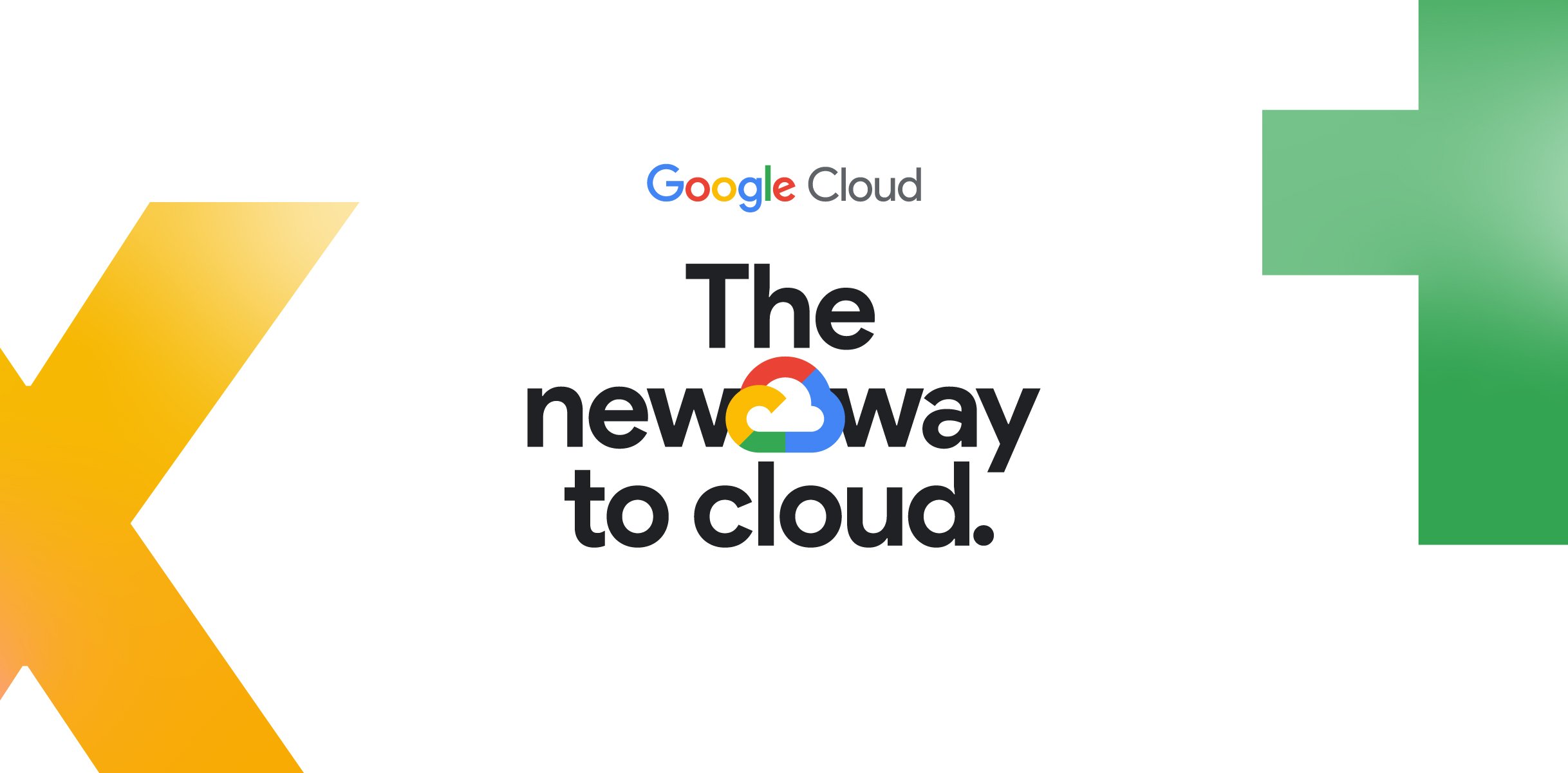
Sarah McMullin
Head of Cloud FinOps Product
At Next ’24, we announced several FinOps innovations to help our customers inform on their cloud costs, optimize their cloud spend, and ensure no day-to-day cost surprises. Didn’t attend Next? No problem, read our summary of Google Cloud FinOps announcements here.
1. Driving cloud FinOps with game-changing billing cost data
Cloud Billing cost data, specifically the output of price (p) x quantity (q), is the essential building block of any FinOps practice as you can’t optimize what you can’t see first. The Cloud FinOps team has been working hard on ensuring our cost data — what you pay for cloud — is the most timely, complete, and open.
-
Timely: Google Cloud has focused on making end-to-end latency improvements to our cost data. During Next, we announced a reduction of 32%, bringing P99 end-to-end latency (the time it takes for 99% of costs to appear within Cloud Billing exports to BigQuery and our UI) to under 24 hours.
-
Complete: Cloud Billing data is unique because Google Cloud streams its billing data. Streaming not only makes our billing data more timely but also more complete throughout the month because we publish net costs (including most credits) when they occur. Our cost data can be relied upon at any time — it’s not an estimate. To increase data completeness, Cloud Billing announced support for Cloud Storage costs at the bucket level and storage tags, which comes out of the box with Cloud Billing detailed data exports to BigQuery.
-
Open: Cloud Billing helped author the v0.5 and v1.0 Preview of the FinOps Open Cost and Usage Specification (FOCUS), which aims to standardize cloud billing data into one common data schema. In conjunction with this work, we released a new BigQuery data view to help our customers compare costs and usage across clouds. The new view allows users to explore and query Google Cloud data in the FOCUS v1.0 Preview specified fields and formats.
And for those of you thinking that you don’t have a team of Google developers to analyze all this great data, we’ve got you covered. We also announced the ability for FinOps to convert cost management reports into BigQuery billing queries right in the Cloud Billing console, so now anyone can easily visualize their data and dive deep — and you don’t have to be a data scientist to do it.
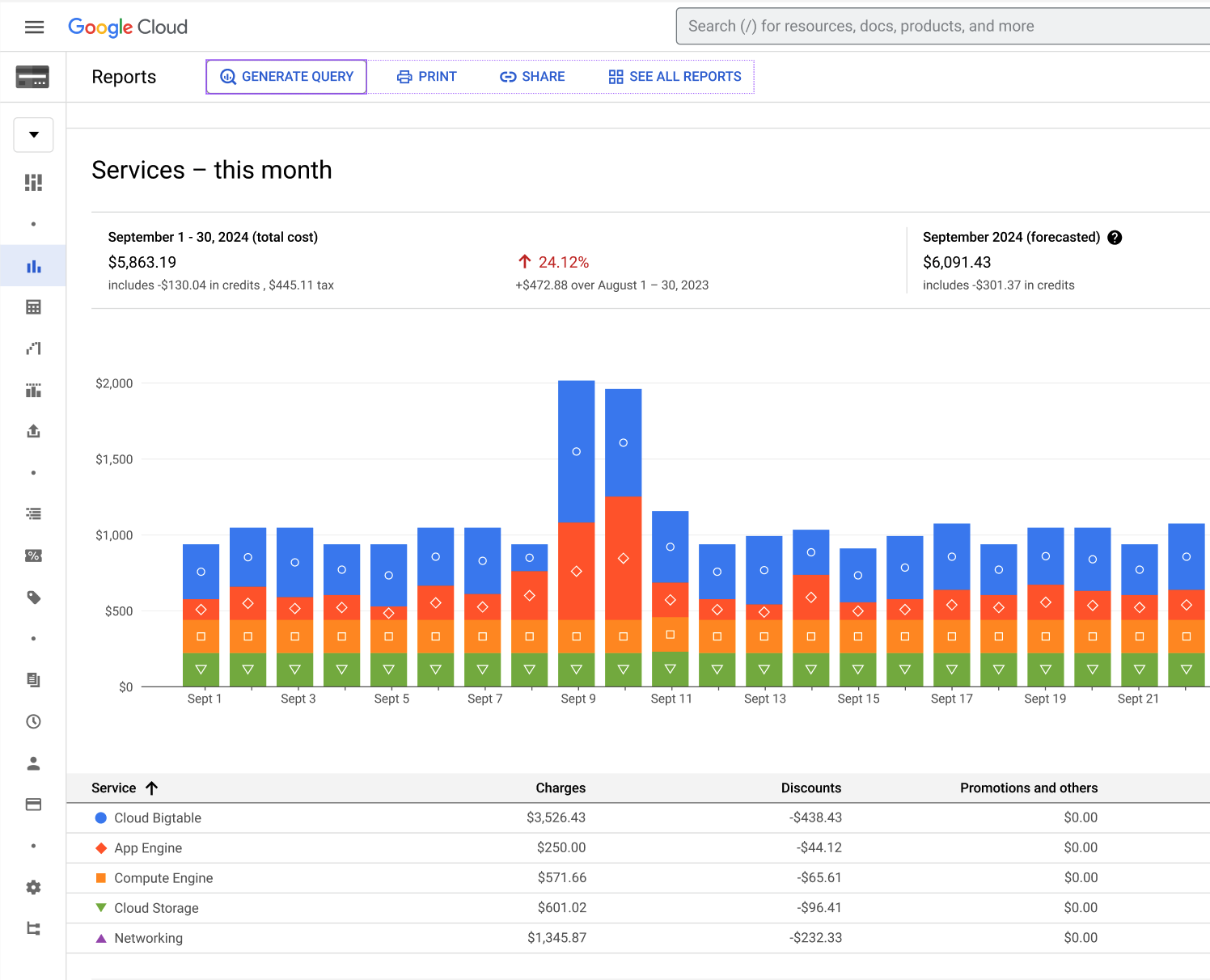

Filter to the desired cost report view and generate its underlying query to use for exporting Billing data to BigQuery.
2. Unlocking cost anomaly detection for all with the power of AI
To get ahead of cost surprises, customers can now use AI to continuously monitor costs and identify spikes that deviate from historical spend patterns with the preview of the new Cloud FinOps anomaly detection feature. Other added benefits for customers include:
-
No setup needed: Cost anomaly detection is available in the Cloud Billing console to any Google Cloud account, which has a minimum of 30 days historical spend and $100 spend over the last 6 months.
-
Anomaly tracking across all projects: Continuously monitor costs across all projects within an account at your specified cost impact threshold.
-
Granular root cause analysis: Easily identify the top 3 services, regions, and SKUs that are driving unexpected cost increases with a detailed root cause analysis for every anomaly detected.
Interested in giving it a try? Join the preview today to help us shape the future of this feature.
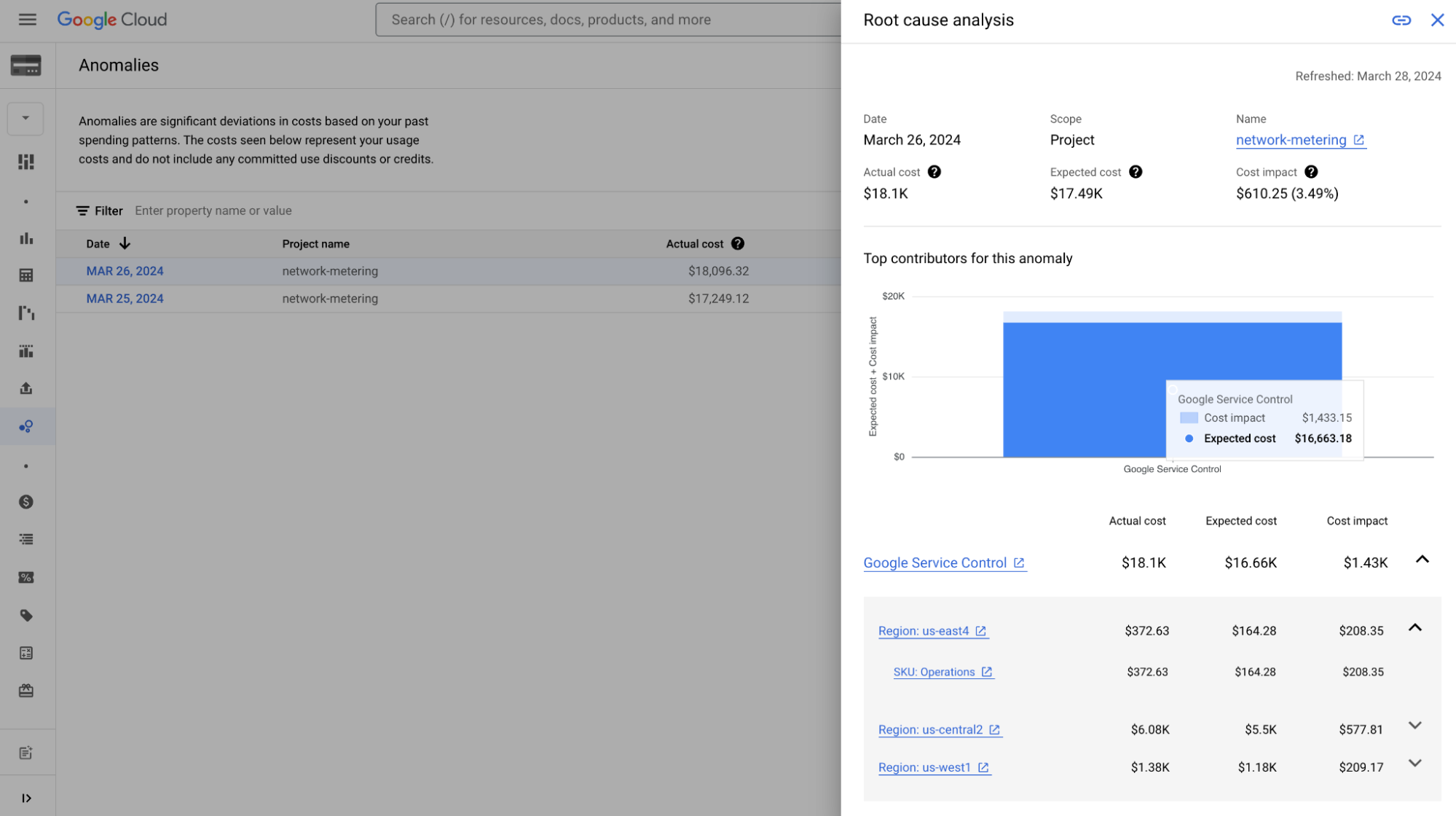

A root cause analysis for an anomaly that shows the top drivers of spend including service, region, and SKU.
3. Maximizing committed use discounts with hassle-free management
As the State of FinOps Report 2024 highlights, understanding and managing commitment-based discounts is a critical priority for maximizing cloud cost efficiency. Google Cloud is committed to empowering your FinOps success with a powerful suite of new features designed to optimize your committed use discounts (CUDs). These new features provide:
- More clarity and better control. Bring unmatched visibility in both your spend-based and resource-based commitments with Unified Committed Use Discount (CUD) Analysis, now in preview. This new integrated solution, fueled by the FinOps hub dashboard, enables you to effortlessly analyze costs at the most granular level – by project, region, or machine type. With Unified CUD Analysis, you can go beyond reporting and deliver actionable insights that directly improve your cost optimization strategies. Interested in joining? Sign up for the preview now.
- Better insights and tracking of your CUDs. Granular CUD metadata can bring even more transparency to your CUDs. Now, you'll find a breakdown of your CUD fees linked to individual subscription IDs within your detailed BigQuery export from Cloud Billing. Combined with the improved CSV download of your CUD inventory, you can easily track costs, analyze commitment lifecycles, and gain a comprehensive view of your commitments using your own naming conventions.
- More CUDs and more ways to view savings in FinOps hub: You can leverage the new CUD Analysis solution across multiple Google Compute Engine (GCE) resource families, including TPU v5e, TPU v5p, A3, H3, and C3D. Additionally, we introduced new spend-based CUDs to unlock cost savings potential for Memorystore, AlloyDB, BigTable, and Dataflow. All of these new CUDs come together for even greater cost savings opportunities in the FinOps hub, which is now generally available. The FinOps hub even comes with additional support to view top savings opportunities at the project level, so you can prioritize your optimization efforts for maximum impact.
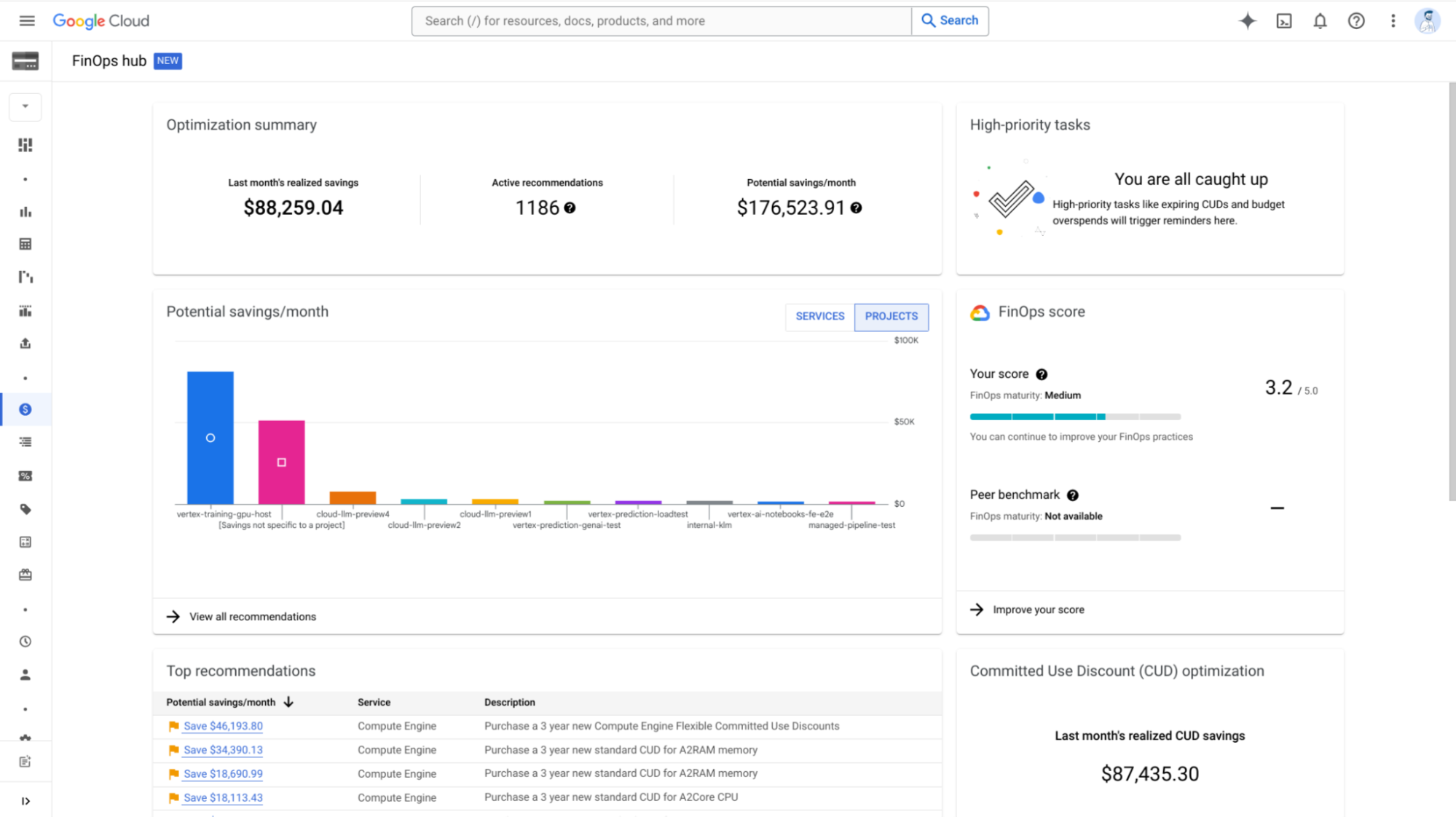

View top savings opportunities by project now within FinOps Hub, now generally available (GA).
If you are still reading this, our only request for you is to sign up for any of our ongoing previews and get us your feedback today. We work closely with our customers on developing our products and value your opinions and ideas, so don’t hesitate to let us know what you think. And if this excites you, we are just getting started! We have a lot more planned for this year, so stay tuned for FinOpsX, June 19-22, 2024, where we will have a chance to meet up again in person and share even more exciting FinOps product developments!
